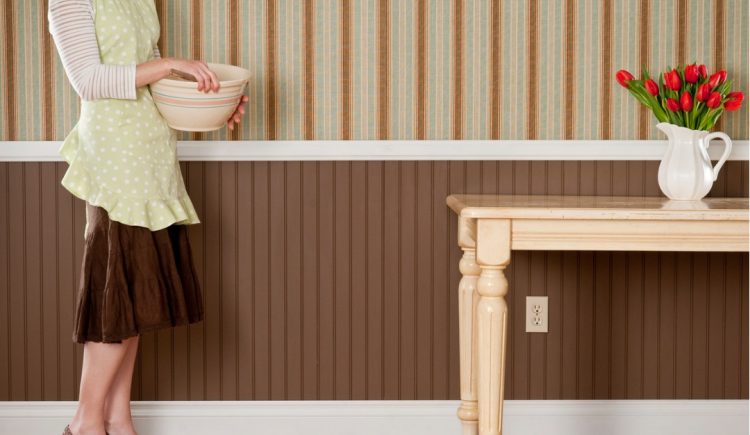Mixing patterns can change the overall look and feel of a room. A variety of patterns can change from the scale of the pieces to the energy of the space. However, seamlessly mixing patterns can often feel overwhelming and confusing. The key to creating visual harmony is having the right blend of shape, color and size. With some expert tips, you can begin mixing and matching patterns throughout your home, resulting in a designer-inspired space. Read on for some tried-and-true rules about mixing patterns in your own home.
Use Different Sizes
When mixing patterns, it’s important that the patterns aren’t all the same size. Instead, a large-scale pattern should be the primary pattern, and you can layer in medium and small patterns. For example, you can use a stripe as your dominant pattern, with herringbone and floral patterns as the accent patterns.
Select the Correct Number of Patterns
Three to four patterns are a good number of patterns to use in a space. This will result in the most visually balanced room. Two patterns can look like an accident, while more than four can look cluttered and haphazard.
Mix Simple and Intricate Patterns
Mixing both simple and intricate patterns will help the room from feeling too busy. A simple pattern will balance the complexities of busier prints. This mix will also provide the necessary contrast for a cohesive space.
Use Similar Colors
Select similar colors to avoid overwhelming the space and to prevent the room from feeling chaotic. You can accomplish this by using a tonal color scheme or selecting a unified color palette. A visually appealing color palette should have one dominant color, one secondary color and an accent color that is used sparingly.
Bring in Color Contrast
While sticking to the colors you selected in your color palette, you can vary the shades of the colors for additional balance in the room. For example, if your color palette is blue, white and green, using varying shades of blue, such as navy and pale blue, and white and cream can create a beautifully layered and cohesive space.
Incorporate Solids
For a visual break, be sure to incorporate a few solid pieces. This may mean several solid throw pillows, a solid throw blanket or solid curtains with a patterned tape along the edge.
Space Out the Patterns
Spreading the patterns throughout the room keeps the room balanced. It’s essential to mix the patterns instead of grouping them together. For example, this means using a striped rug on the ground, floral drapery and throw pillows in varying patterns, such as a herringbone pillow, a smaller scale stripe and a solid.
Mix Traditional With Eclectic
Pairing traditional and eclectic patterns together can keep a room feeling fresh and harmonious. An example of this type of pattern mixing may mean mixing classic stripes with a bold ikat print.
Mixing patterns can instantly create a layered and interesting look.











